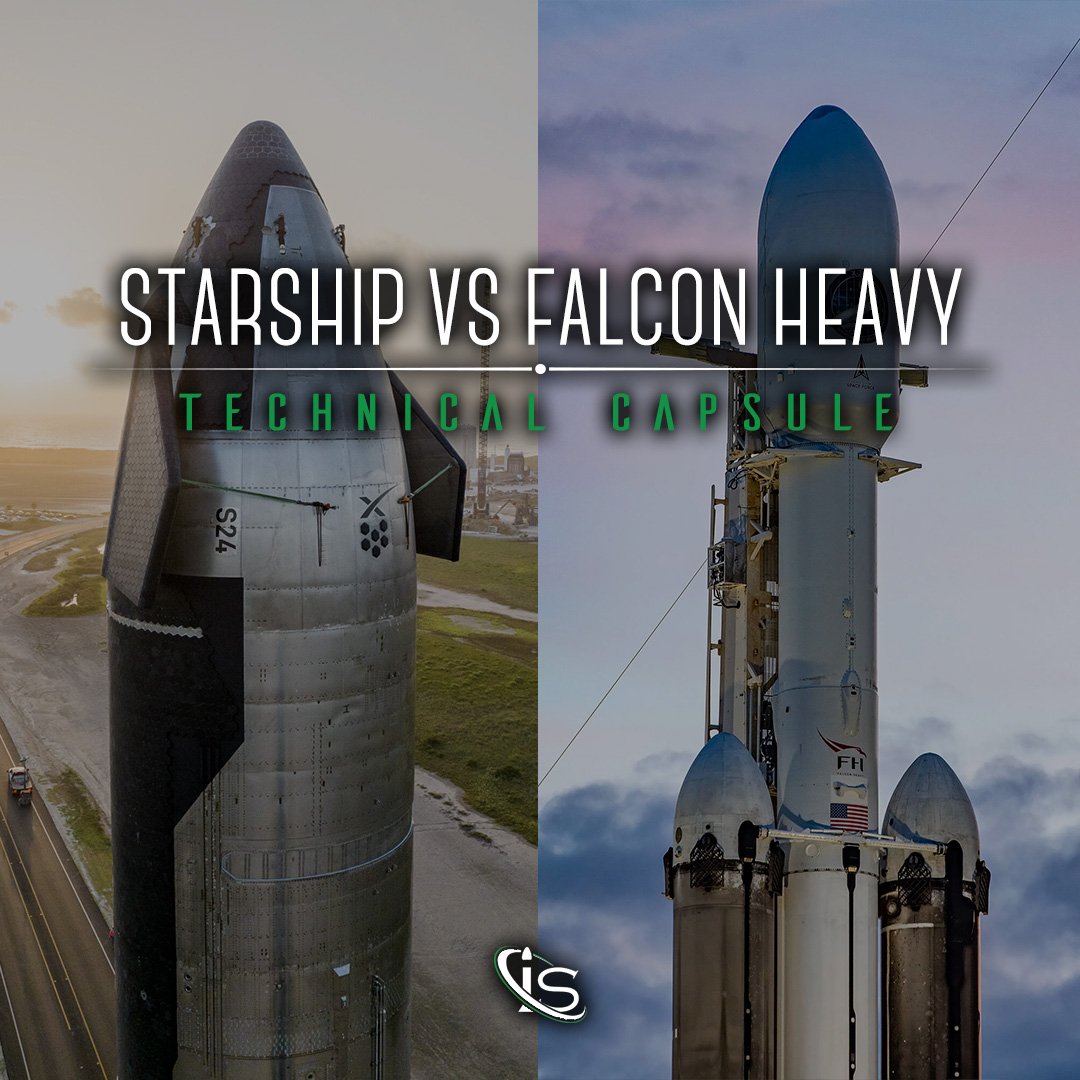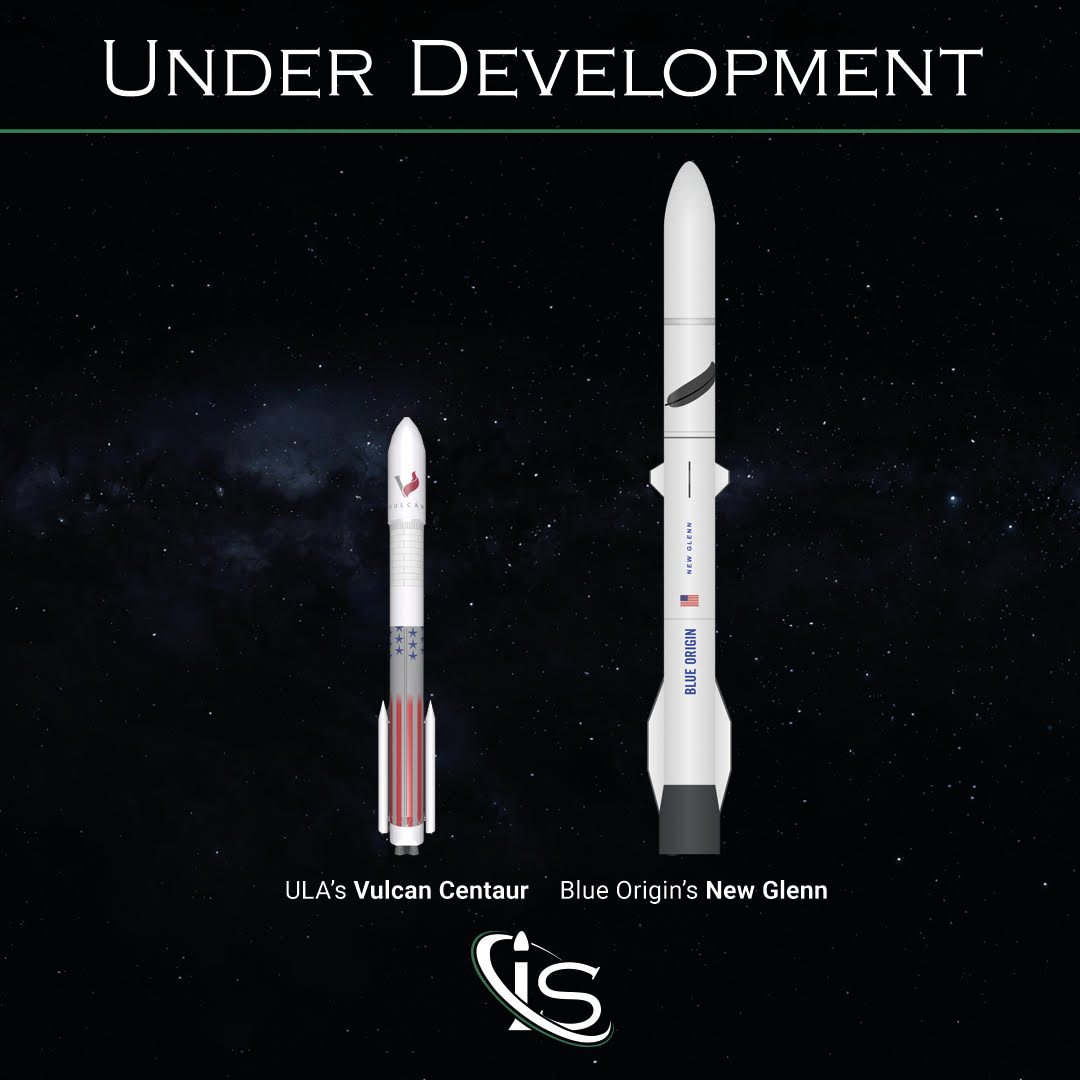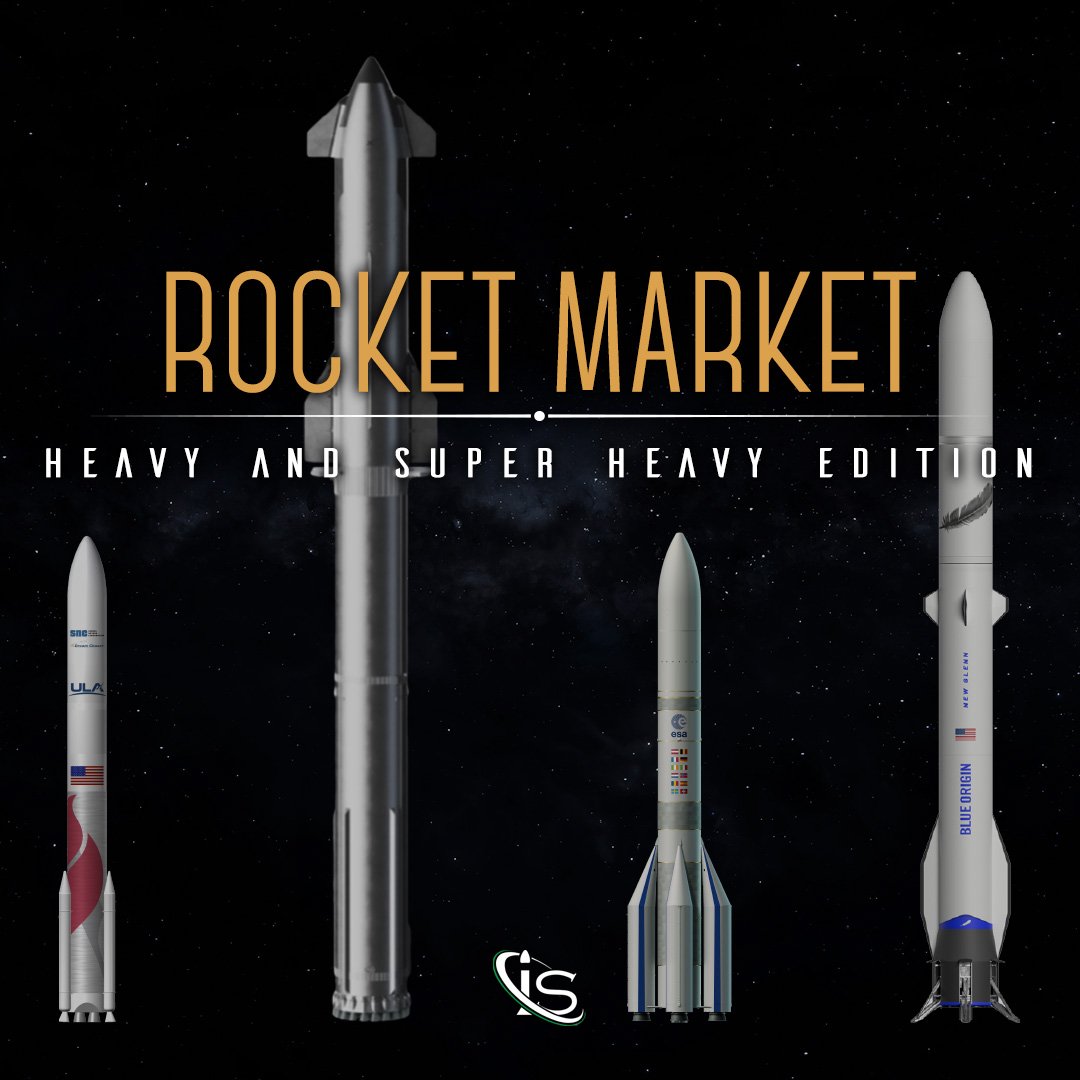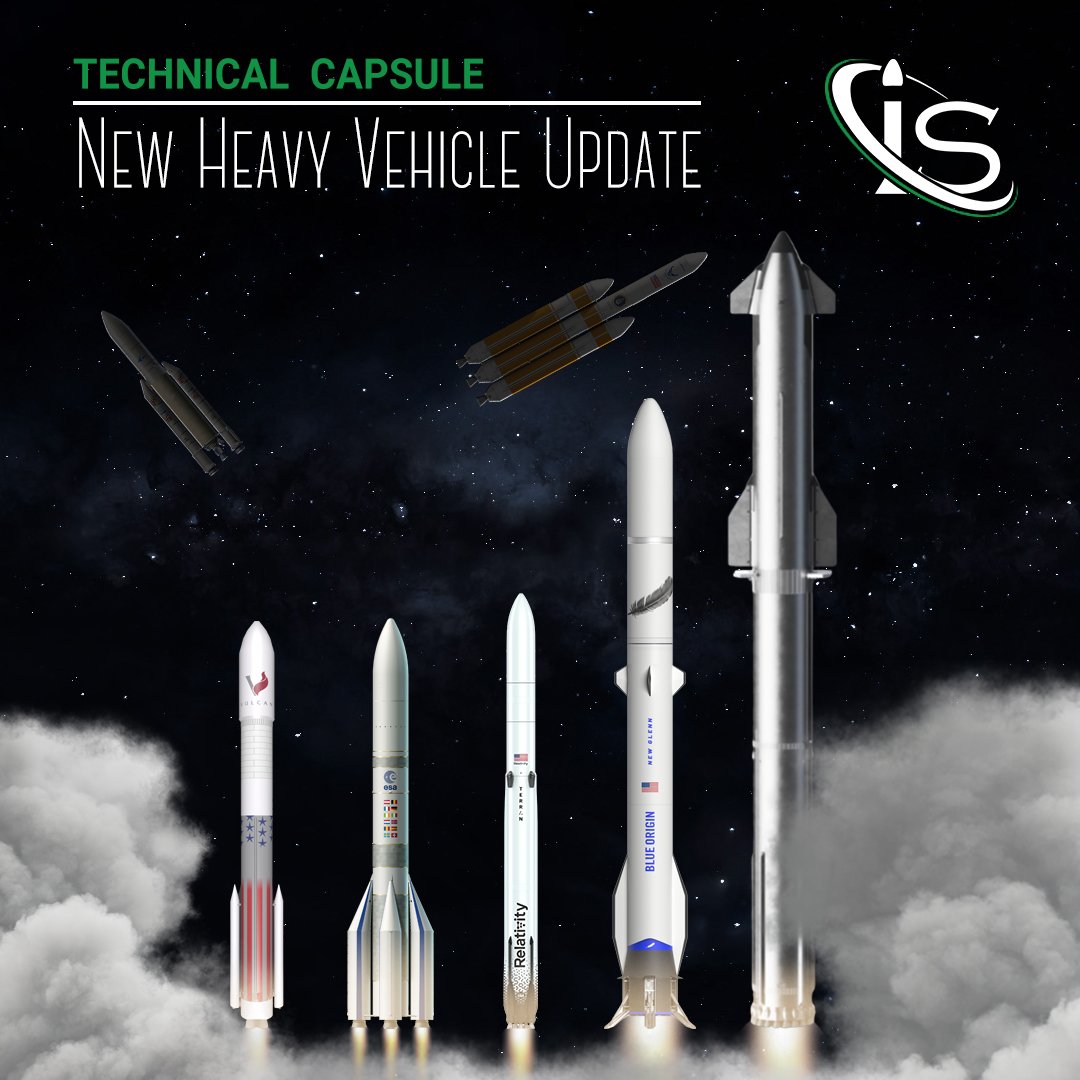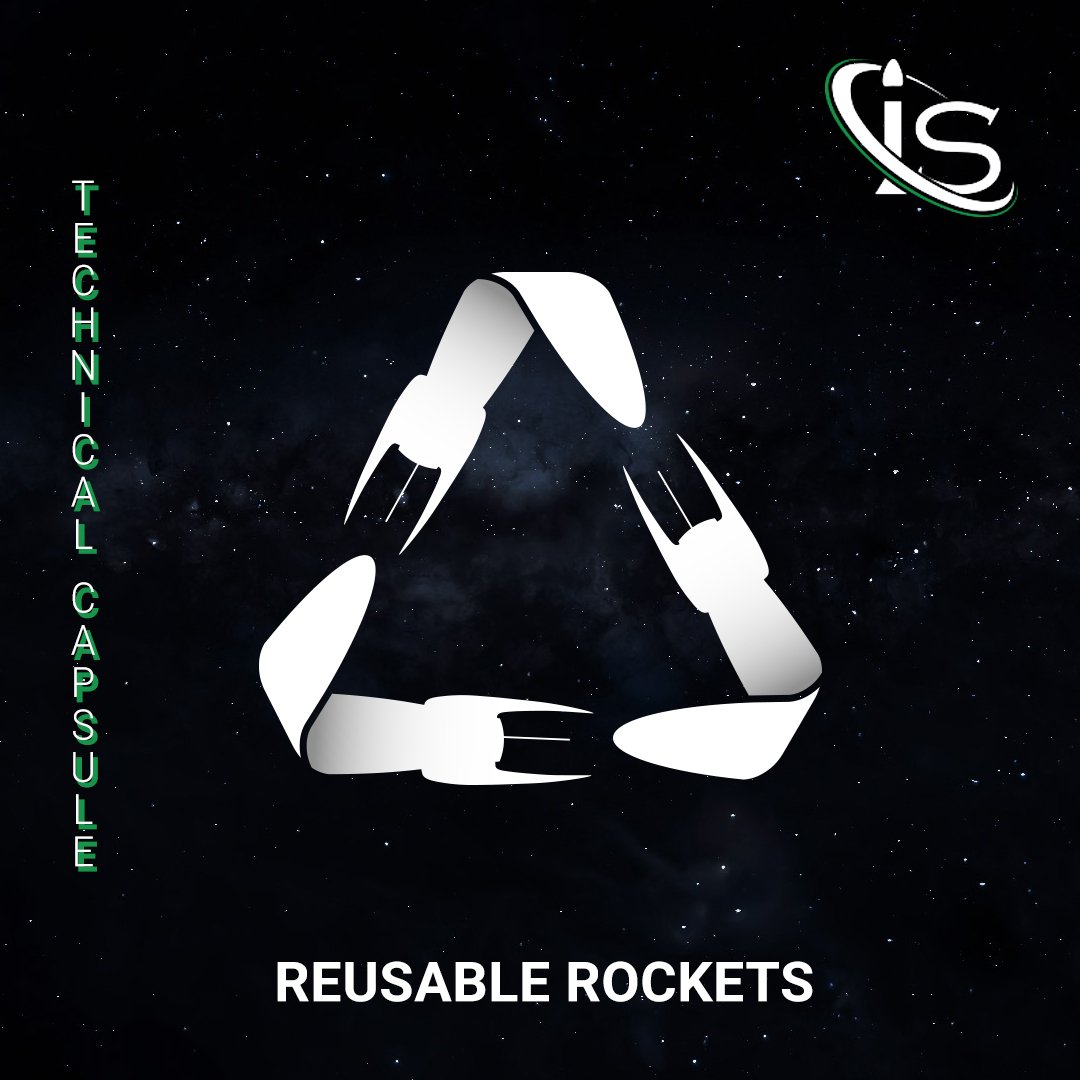Here we are with a new chapter of the Launch Vehicles Under Development column! We have already presented the super-heavy rockets: SLS and Starship, and, then, Vulcan Centaur and New Glenn. Today, it’s the turn of two medium-lift (in the LV NASA Classification) two-stage rockets. These are Arianespace’s Ariane 6 and JAXA’s H3. Both Ariane 6 and H3 will replace their predecessors, Ariane 5 and H-II, respectively; let’s find out what’s new in these rockets.
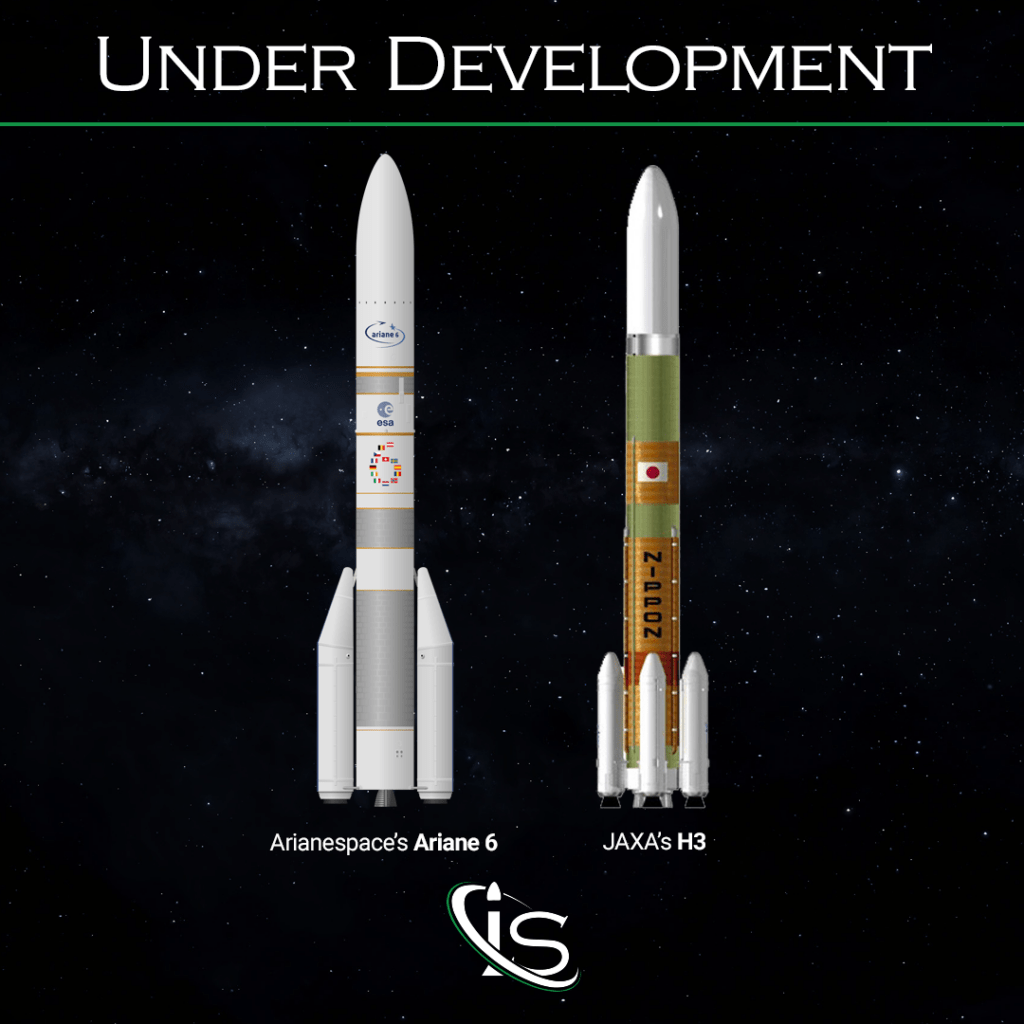
Arianespace’s Ariane 6
Ariane 6 is a rocket designed and manufactured by ArianeGroup and provided by Arianespace. ArianeGroup is a french joint venture between Safran and Airbus. Arianespace is itself a french company, but it has shareholders from 9 different European countries: France, Germany, Belgium, Sweden, Spain, Italy, Switzerland, Netherlands, and Norway.
Ariane 5
What we care about is not Arianespace, but Ariane 6, so let’s discover more about this under development rocket.
Firstly it is important to contextualize the relevance of the rocket that Ariane 6 will replace: Ariane 5. In fact, Ariane 5 is a rocket that launched some really important satellites, among which was GALILEO, a global navigation satellite system, and the James Webb Space Telescope launched on Dec. 25th, 2021. After 114 launches, with 109 successes and a success rate 96%, Arianespace has only three launches left with Ariane 5, and, then, Ariane 6 will become operative and finally take its place. The last launch of Ariane 5 will probably be JUICE in Apr. 2023. After that, we will have the Ariane 6 maiden flight.
Ariane 6 is an expendable rocket, under development since the 2010s. The most important improvement with respect to its predecessors is its launch capability; for grading: Ariane 1 had the capability of 1800 kg to GTO, Ariane 2 had 2200 kg to GTO, Ariane 3 had 2700 kg to GTO, Ariane 4 had 4800 kg to GTO, Ariane 5 in its bigger variant had 10865 kg to GTO and, finally, Ariane 6, with 4 boosters, will have 11500 kg.
Ariane 62 vs Ariane 64
Why did I highlight that Ariane 6 have 4 boosters? Because Ariane 6 will have two different configurations: the first with two boosters, that will have smaller capability and smaller mass, and the second with four boosters, with such a greater capability that it will be in the category of Heavy-lift launch vehicles. In the following table are the main differences between the two configurations.
| Ariane 62 | Ariane 64 | |
| Number of boosters | 2 | 4 |
| Gross Lift-off Weight | 530 t | 860 t |
| Capability to LEO | 10350 kg | 21650 kg |
| Capability to GTO | 4500 kg | 11500 kg |
JAXA’s H3
JAXA’s H3 is a rocket manufactured by Mitsubishi Heavy Industries (MHI). H3 itself will replace an important rocket family: the H-II family, which is composed by two main rockets, H-IIA and H-IIB. Delving further into these two rockets, H-IIA, which is still active and have four configurations (H2A 202, H2A 2022, H2A 204, H2A 2024), has launched 45 launches with 98% of success rate, while H-IIB, a rocket retired in 2020, has been launched 9 times with no failures. The high reliability of these two rockets is clearly a requirement for the new H3.
In H3, the number of stages remain unchanged with respect to the H-II family. Specifically, the two stages are propelled with LH2/LOX and have two different motors designed and manufactured by JAXA and MHI: LE-9, for the first stage and LE-5B-3, for the second. The rocket can be “boostered” with two or four strap-on boosters manufactured by the IHI Corporation and propelled; those boosters use solid polybutadiene.
H3’s variants
Just like Ariane 6 and Vulcan Centaur, even H3 has variant configurations; this gives the rocket higher flexibility in providing the appropriate launch price and capability to the satellite operators, and, furthermore, reduces the launch preparation period. Indeed, thanks to this higher flexibility, the prices are expected to decrease from almost US 90 million dollars (H-IIA) to 50 million.
The different configurations concern the number of boosters, as stated before, the number of LE-9 first stage engines, which can be 2 or 3, and the capacity of the fairing. These characteristics are discussed in the Flight Configuration Key, which will follow shortly:
![]()
where:
H3: Rocket’s name
2 = the number of LE-9 engines (2 or 3)
4 = the number of solid rocket boosters (0, 2 or 4)
L = Payload fairing length (Standard or Large)
Maiden Flight
The maiden flight has been rescheduled for JFY 2022 (which is the Japanese Fiscal Year, starting on Apr. 1st, 2022, and ending on Mar. 31st, 2023). The delay is due to problems with the turbopump of the LE-9 engine. Therefore, the static fire test has been rescheduled for November.
Final Comparison
In this last paragraph, we will put together the numerical specifications of the launch vehicles under development in order to compare the two. Not to rank them based on merit, but to relate the different specifications between rockets that are similar at an initial glance. Therefore, we will take two similar configuration of the two rockets: Ariane 62 and H3-24L.
General
From the table, it is striking that the choice of configurations has not been casual; in fact these two configurations have the same height and very similar max diameter and gross lift-off weight.
| Arianespace’s Ariane 62 | Jaxa’s H3 (H3-24L) | |
| Height | 63 m | 63 m |
| Max Diameter | 5.4 m | 5.27 m |
| Gross Lift-off Weight | 530 t | 574 t |
| Capability to LEO | 10 350 kg | 7900 kg |
| Capability to GTO | 4500 kg | 4000 kg |
| Reusable? | Expendable | Expendable |
| Cost per Launch | €75 million | US$50 million (H3-30S) |
| Maiden Flight | Q2 2023 | JFY 2022 |
First Stage
The Vulcain 2.1 and the LE-9 engines are quite similar for the thrust and the oxidizer/fuel, but the first stage of H3 is globally more powerful than Ariane 62, since it has two engines, two times the engines of Ariane 62. Vulcain 2.1 is a Safran engine, named after the Roman god of fire. This Vulcain is the new and more powerful version of the Vulcain 2 used on the Ariane 5 ECA version.
| First Stage | Ariane 62’s Lower Liquid Propulsion Module | H3 |
| Engine Name | Vulcain 2.1 | LE-9 |
| Engine Number | 1 | 2 |
| Oxidizer/Fuel | LOX/LH2 | LOX/LH2 |
| Max Thrust | 1.37 MN | 2.94 MN |
| Specific Impulse | 425 s |
Second Stage
The second stages are quite similar, with the same number of engine (x1), the same oxidizer and fuel, and similar specific impulse. The Vinci engine is a newly designed engine by ArianeGroup.
| Second Stage | Ariane 62’s Upper Liquid Propulsion Module | H3 (H3-24L) |
| Engine Name | Vinci x1 | LE-5B-3 x1 |
| Oxidizer/Fuel | LOX/LH2 | LOX/LH2 |
| Max Thrust | 180 kN | 137 kN |
| Specific Impulse | 457 s | 448 s |
Boosters
The two boosters are propelled with two different solid propellants: firstly, Ariane 6 has the HTPB 1912 solid propellant, composed by 19% of aluminium powder, 69% of ammonium perchlorate, and 12% of hydroxyl terminated polybutadiene binder; secondly, H3 has polybutadiene fuel, which is a synthetic rubber. The P120C booster is the larger version of the already used P80, the first stage of Vega; if the P120C booster rings a bell, it is because the P120C is the first stage of Vega C.
| Boosters name | Ariane 62’s P120C | H3’s SRB-3 (H3-24L) |
| Number | 2 | 4 |
| Manufacturer | Avio, ArianeGroup | IHI Corporation |
| Height | 11.7 m | |
| Diameter | 3.4 m | |
| Propellant | HTPB 1912 | Polybutadiene |
| Max Thrust | 4.65 MN | 2.16 MN |
| Specific Impulse | 278.5 s |
